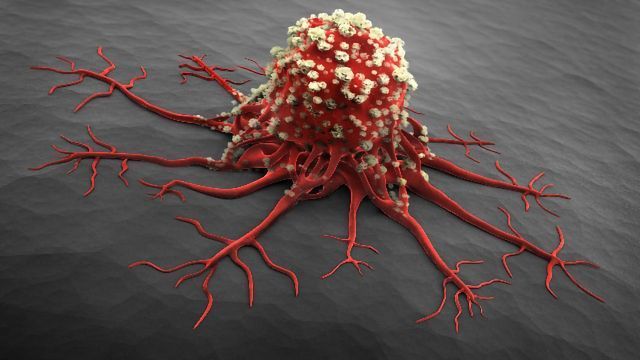Trending News
News

News
Drug Combo for Rare Form of Cancer Shows Promise in Cell-Based Study
A rare form of lymphoma called Waldenström macroglobulinemia (WM), currently has no known cure and only one FDA-approved treatment. Researchers have now targeted specific cell proteins that control DNA information using inhibitors, that were effective in reducing the growth of the cancer cells. When combined with a third drug the combination was even more successful at killing the WM cancer cells.

News
Cancer Researchers Reveal How Mutations in a Single Gene Can Cause Different Diseases
Researchers report that they have solved a long-standing question of how various types of mutations in a single gene can cause different types of disease. Their findings were published in Life Science Alliance.

News
UV Radiation Causes Rare Type of Eye Cancer
Ultraviolet radiation can cause a rare type of eye cancer called conjunctival melanoma, according to research published in Nature Communications.

News
Painting a Clearer Picture of the Cancer Microbiome
Researchers have created an algorithm to remove contaminated microbial genetic information from The Cancer Genome Atlas (TCGA). This will enable scientists to identify the microbiota living in various organs in both healthy and cancerous states more accurately.

News
Investigating the Role of a Key Metabolic Pathway in Melanoma
Disrupting the metabolic pathway involved in the initiation, growth and progression of melanoma could lead to the development of new treatments for melanoma, according to new research published in PLoS One.

News
Enzyme in Tumor Cells Could Be Used To Monitor Cancer Treatment
Researchers are studying the possibility of inhibiting a protein known as low molecular weight protein tyrosine phosphatase (LMWPTP) to create novel opportunities for monitoring and treatment of cancer and other diseases.

News
Stem Cells Use a Piston-Like Engine To "Drive" to Their Destinations
Researchers have discovered the surprising propulsion system that enables these regenerative cells to migrate through surrounding tissue to repair damage.

News
Biomarkers Discovered That Can Help To Predict Cell Fate
A set of biomarkers not traditionally associated with cell fate can accurately predict how genetically identical cells behave differently under stress, according to a UT Southwestern study.

News
Exposure to Common Foodborne Pathogen Linked to Rare Brain Cancer
A new study suggests a link between toxoplasma gondii (T. gondii) infection and the risk of glioma, a type of brain cancer, in adults. The report finds that people who have glioma are more likely to have antibodies to T. gondii (indicating that they have had a previous infection) than a similar group that was cancer free.

News
Big Data Analysis Pinpoints Cancer’s Key Vulnerabilities
Thousands of genetic mutations have been implicated in cancer, but a new study analyzing ~ 10,000 patients discovered that regardless of the cancer's origin, tumors could be stratified in only 112 subtypes. Within each tumor subtype, the Master Regulator proteins that control the cancer's transcriptional state were almost identical.
Advertisement




